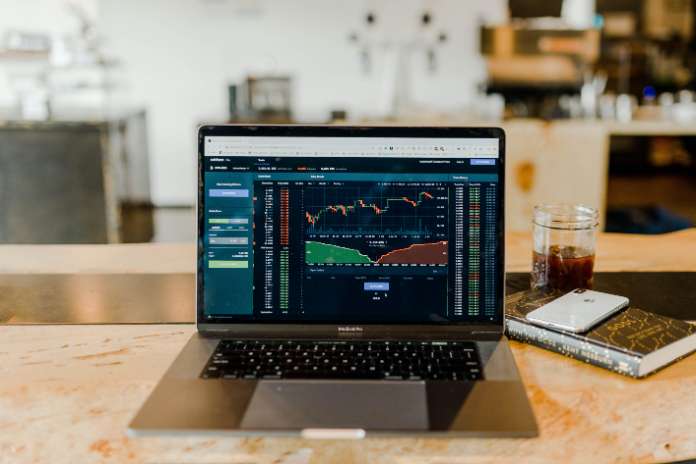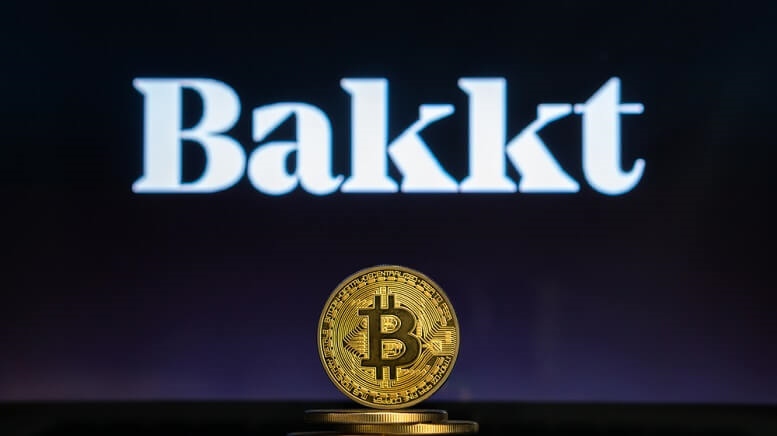Rumble Buys Bitcoin with Reserves

Rumble Inc., a platform known for video streaming, has announced its decision to purchase Bitcoin using its cash reserves, marking a significant shift in its financial strategy. This move by Rumble reflects a growing trend among companies seeking alternative ways to manage their cash reserves in a world where inflation concerns are rising. By investing in Bitcoin, Rumble is aligning itself with other major companies that have diversified their portfolios with cryptocurrency.
The decision comes at a time when Bitcoin and other cryptocurrencies are experiencing increased volatility. However, the potential long-term benefits seem to outweigh the risks for Rumble, as they aim to capitalize on Bitcoin’s historical returns. The company believes that holding Bitcoin will offer a hedge against inflation and provide a significant return on investment over time.
This move could also be seen as a strategic alignment with the interests of Rumble’s user base, many of whom are proponents of cryptocurrency. By investing in Bitcoin, Rumble not only diversifies its financial assets but also strengthens its connection with its community, potentially attracting more users and investors who are enthusiastic about digital currencies.
Rumble’s decision to purchase Bitcoin is not without its critics. Some financial analysts argue that the volatility of Bitcoin could pose substantial risks to the company’s financial stability. Nonetheless, the support for Bitcoin from other high-profile companies and institutional investors provides a level of validation that could mitigate these concerns.
In the broader context, Rumble’s investment in Bitcoin is indicative of a larger trend where companies are exploring digital assets as a viable component of their financial strategies. This trend is driven by the increasing mainstream acceptance of cryptocurrencies and the desire to find new ways to optimize cash reserves in an uncertain economic climate.
As Rumble moves forward with this strategic investment, the company will closely monitor the performance of Bitcoin and adjust its approach as necessary. This decision could potentially influence other similar companies to consider cryptocurrency as a part of their financial strategies, leading to a broader adoption in the corporate world.
Footnotes:
Featured Image: Unplash @ austindistel




